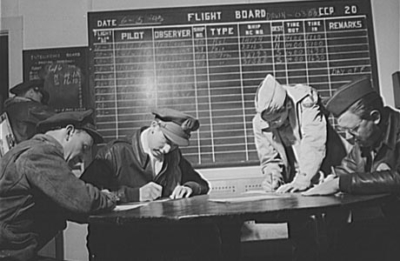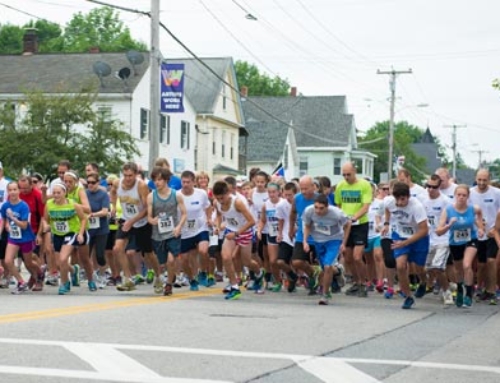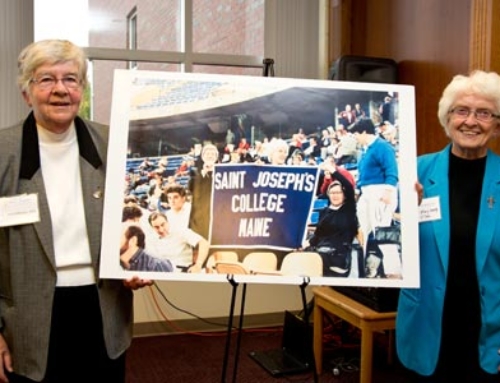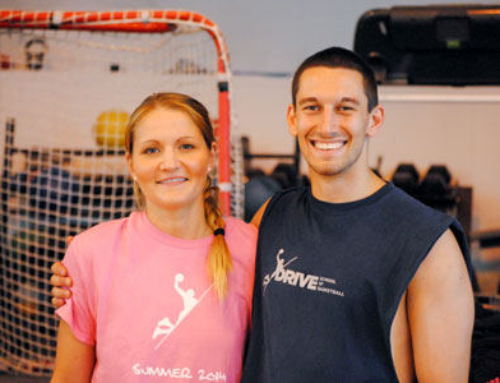 Army, Marines, Navy, Coast Guard…Civil Air Patrol? Meet your volunteer eyes in the skies.
Army, Marines, Navy, Coast Guard…Civil Air Patrol? Meet your volunteer eyes in the skies.
By Nico Tarquinio ’10
Early in the morning, dawn patrol members document their routine reports before taking off from their base headquarters in Bar Harbor, Maine, in 1943. Photo credit: CAP Bar Harbor John Collier Library of Congress
It was 1941. Franklin Delano Roosevelt was president of the United States. The average expenditure of the US military on what we could now call homeland security was about one percent of the GDP during peacetime (which ramped up to 41 percent during World War II). This, at a time when the beginnings of World War II were raising smoke in nations like France, Poland, and Great Britain. Back in the US, civilians felt a pulse to make a change, to take action for their own security.
Created on December 1, 1941, with the signature of New York City Mayor Fiorello La Guardia on Administrative Order 9, the Civil Air Patrol (CAP) joined together 150,000 US civilians who wanted to provide air support over our borders and coastlines. This included emergency services and aerospace education for youth and the general public. Their reach stretched across the contiguous US. They couldn’t have chosen a more opportune moment to do so. On the morning of December 7, 1941, the Imperial Japanese Navy attacked Hawaii’s Pearl Harbor.
The official publication of Administrative Order 9 occurred on December 8, one day after the attack. The Civil Air Patrol, at that moment, took on a whole new level of importance—one that continues to this day.
Lieutenant Colonel Sean Crandall ’04 (criminal justice) of Brownsville, Texas, is a group commander of the Civil Air Patrol. While CAP is—according to Crandall—a “well-kept secret,” it has one of the largest fleets of single-engine piston aircraft in the world, and has been responsible for more than 90 percent of all inland search-and-rescue operations for the past 75 years.
According to Crandall, a CAP historian, the pilots not dispatched to assist in the recovery efforts at Pearl Harbor took to the task of chasing German submarines away from our nation’s coastlines. This was no easy feat.
“They were being shot at in unarmed civilian aircraft,” says Crandall. Fortunately, the War Department recognized the needs of these patriots, and a group of untrained civilians suddenly found themselves in possession of 100-pound bombs. Later bombs reached 300 pounds.
After 8,000 “sorties” (jargon for missions), members of the Civil Air Patrol were responsible for the sinking of two German submarines, and saved countless lives after repelling an encroaching naval force from our shores. According to Crandall, Admiral Karl Dönitz, Hitler’s successor, would later curse CAP’s “damned little red and yellow planes!”
Adding Lift
Today, the Civil Air Patrol continues its legacy under the banner of the US Air Force Auxiliary. Lieutenant Colonel Crandall first got involved with the volunteer organization at a young age. “One of my sixth-grade friends came into class wearing this cool uniform. He told me he was going to a Civil Air Patrol meeting that night, and asked, ‘You wanna go?’”
CAP accepts new cadets as young as 12 years old. At 14, they can apply to glider school. Only two years later, when most teenagers are able to receive their learner’s permits, they are allowed to apply to begin flying powered aircraft (specifically, Cessna 172s).
Crandall has since ascended to new heights as Group VII Commander, operating out of Brownsville Composite Squadron Coastal Patrol Base #12 (among other locations), the successor-in-interest to the original CAP. It’s a long distance from his home state of Indiana. While enrolled as an online student at the College, Crandall was a police officer in the Lone Star State, a position he occupied since 1995. During this time, he started volunteering with CAP again.
Within the Civil Air Patrol, those who know Crandall have grown to be afraid whenever he asks, “What if...?” As he grew more involved with training cadets, Crandall devoted himself to improving their experience. “There were a lot of things when I was a cadet that would have been really cool if they had been done differently.”
So, Crandall co-founded the Texas Wing Ground Team School—LESA South. There, CAP members gain invaluable skills, like locating downed aircraft via GPS technology, going on search-and-rescue missions, and deploying repeaters to improve communications in areas devastated by natural disasters. CAP members are required eight hours of sleep, but the other 16 are spent hard at work. Hence the school’s motto: “If you’re awake, you’re training.”
Learning to Fly
Don’t confuse CAP with the Boy Scouts. One of the more intense training sessions runs from December 26 to January 1. As for the rest of the year: “It’s a lot to ask of kids to come in every Tuesday and take a test outside of school at least once a month,” Crandall says. “You have to want to.” But that desire does not go unrewarded. One of Crandall’s students, a first-generation Mexican-American from a tough neighborhood, went from being a CAP cadet officer to being the chief NCO (non-commissioned officer) of the famous Blue Angels, responsible for the life-support systems of his fellow pilots.
Stories like these are not unusual among CAP cadets. Out of a class of 25 cadets, five received military appointments over the last six years. The rest went on to college or the military. Today, the Civil Air Patrol continues to uphold three missions: emergency services (providing disaster relief during events like Hurricane Katrina and 2013’s tornadoes in Oklahoma); aerospace education (teaching the principles of flight all the way back to Leonardo da Vinci); and cadet programs, which, as Crandall will tell you, change people’s lives.
“One of the joys I have is when cadets are interested in getting a pilot’s license,” Crandall says. “When a 14- or 16-year-old kid says, ‘I want that,’ and at the end of the week he’s trained up and takes off—how do you not think that changes somebody’s family tree?”
When Crandall’s cadets get asked what they did during their summer vacation, they could say any number of things, from providing disaster relief to saving people’s lives to earning their pilot’s license. Ultimately, however, Crandall and his cadets are playing their role in an important part of America’s history.


